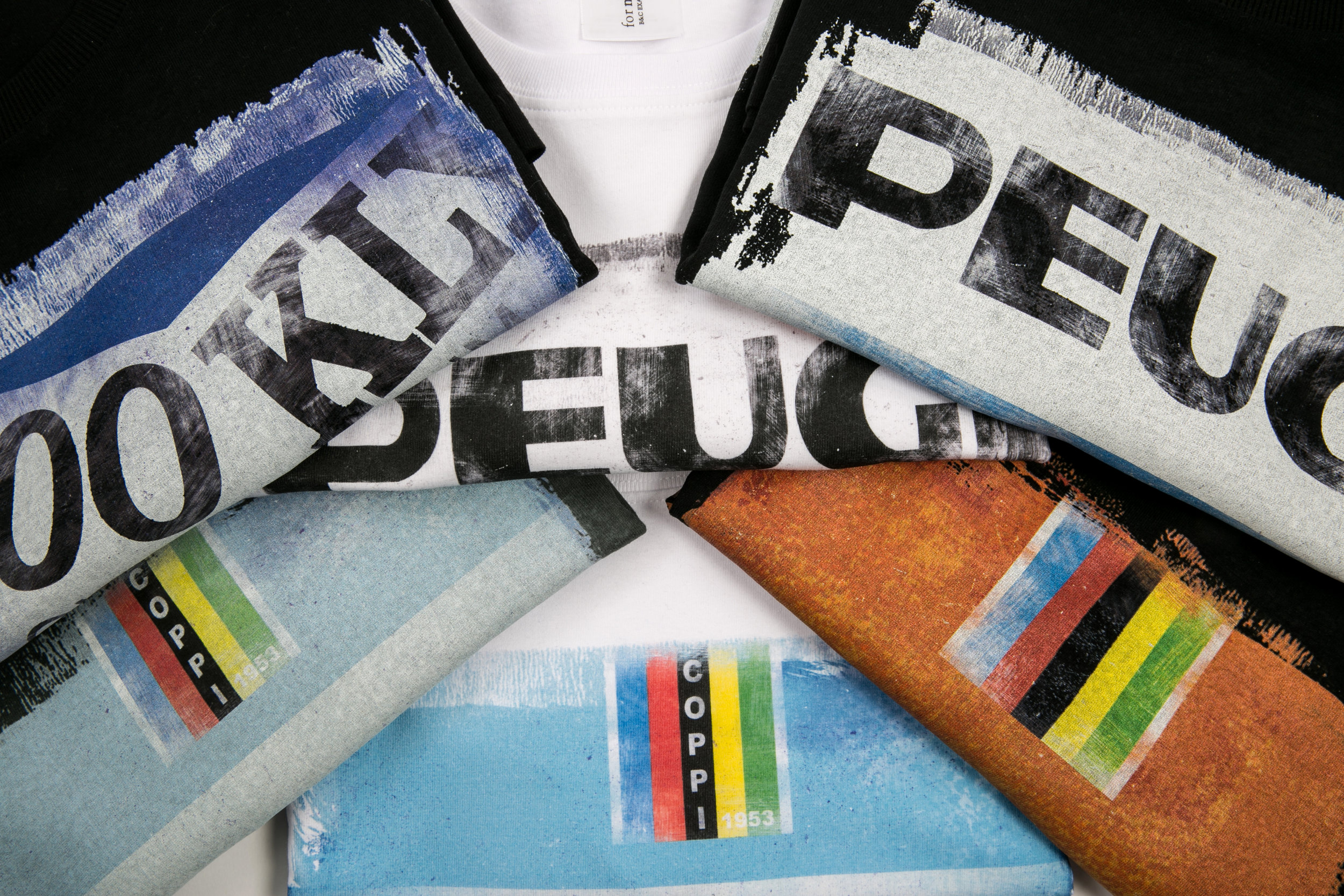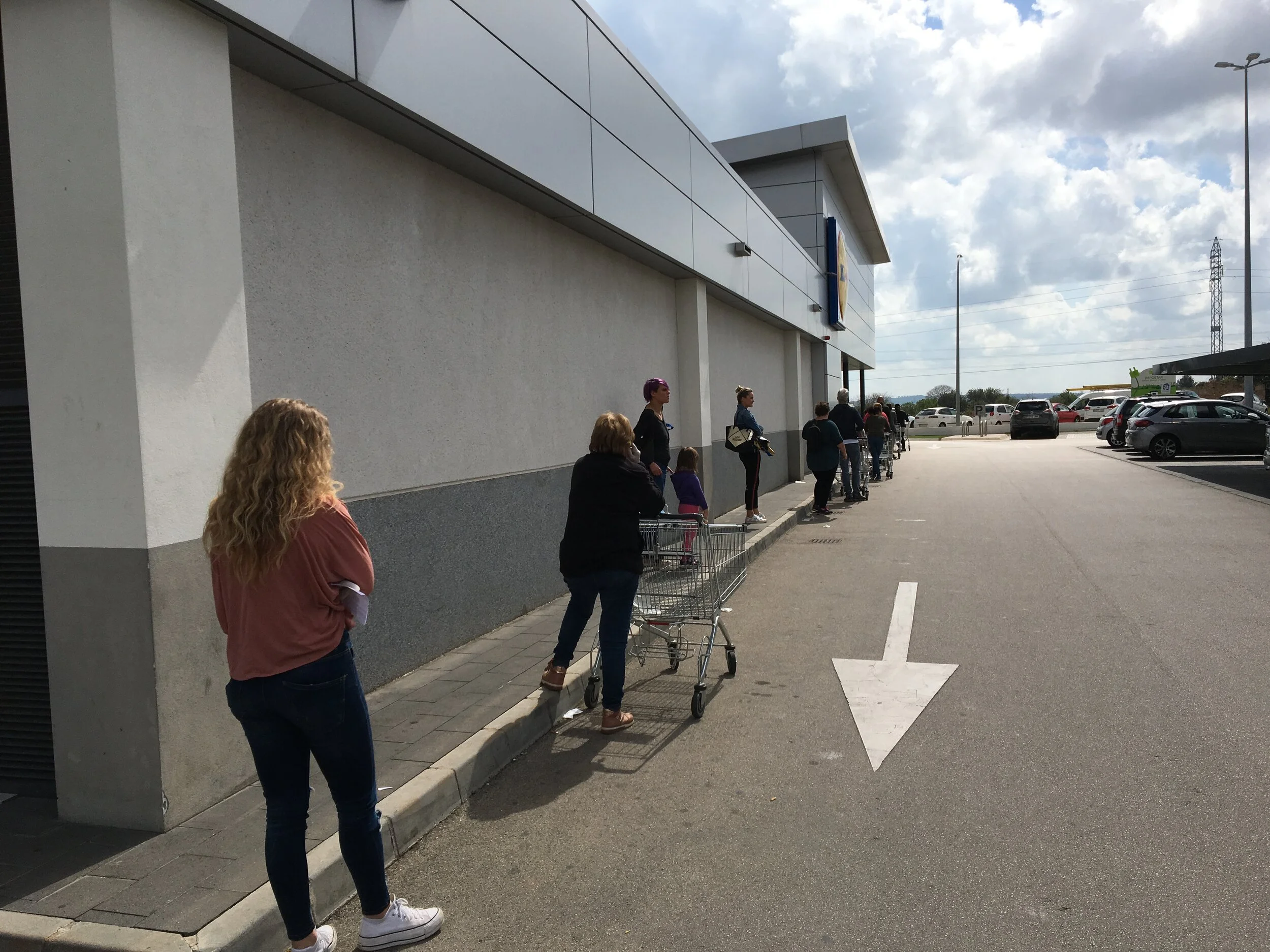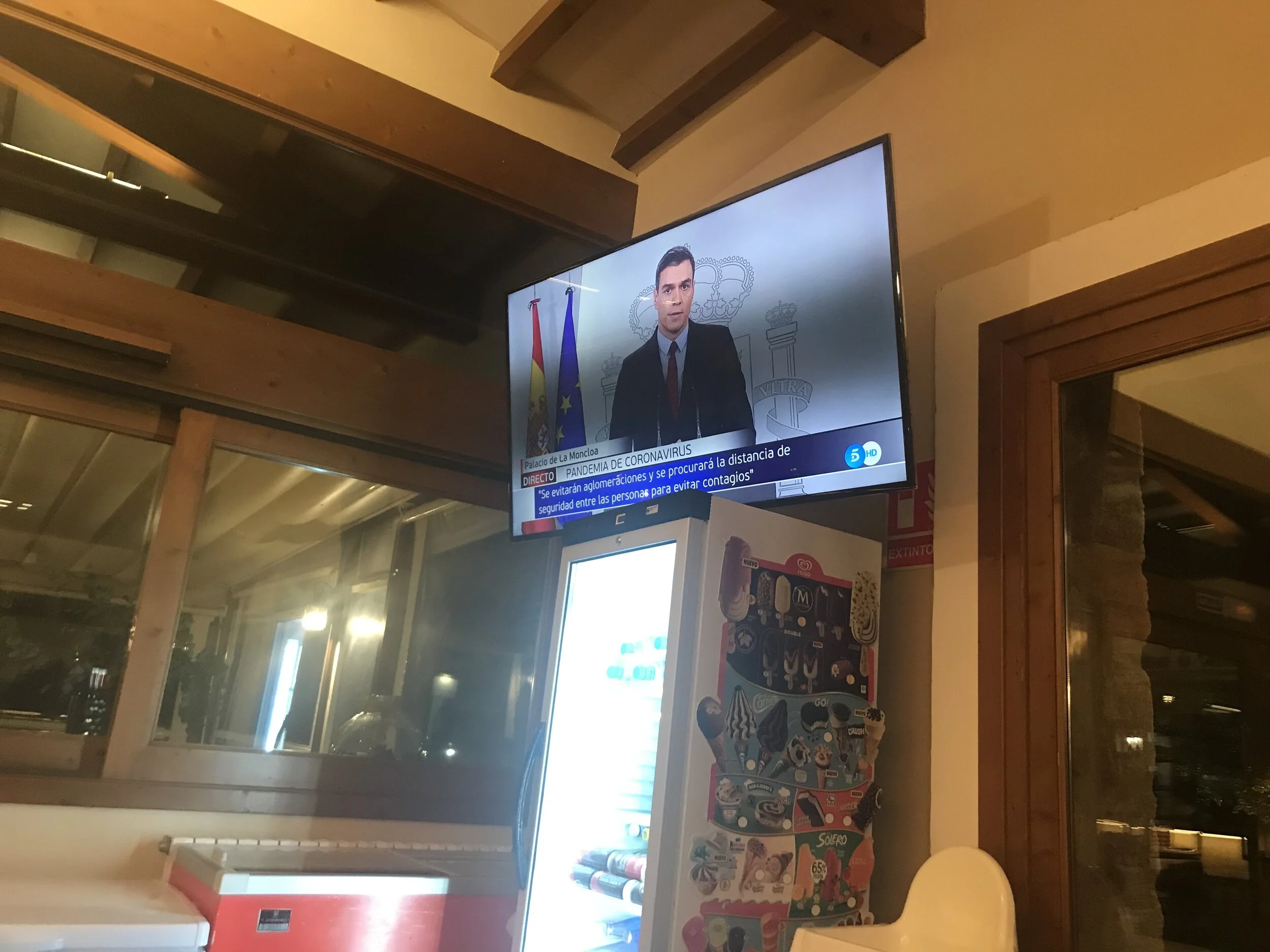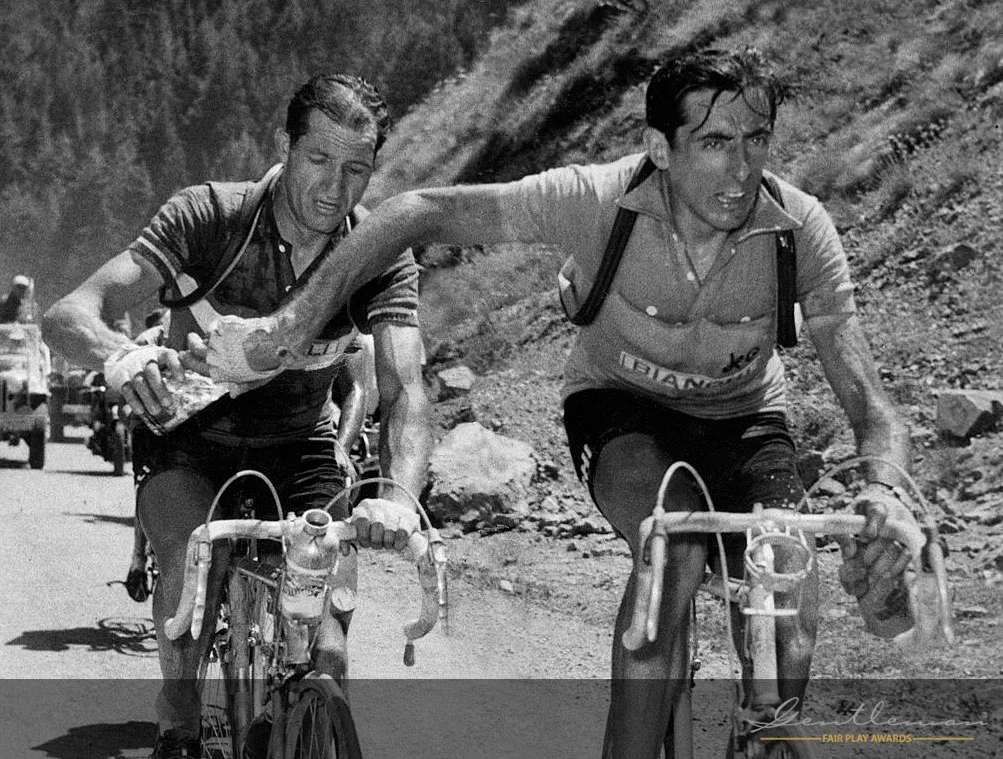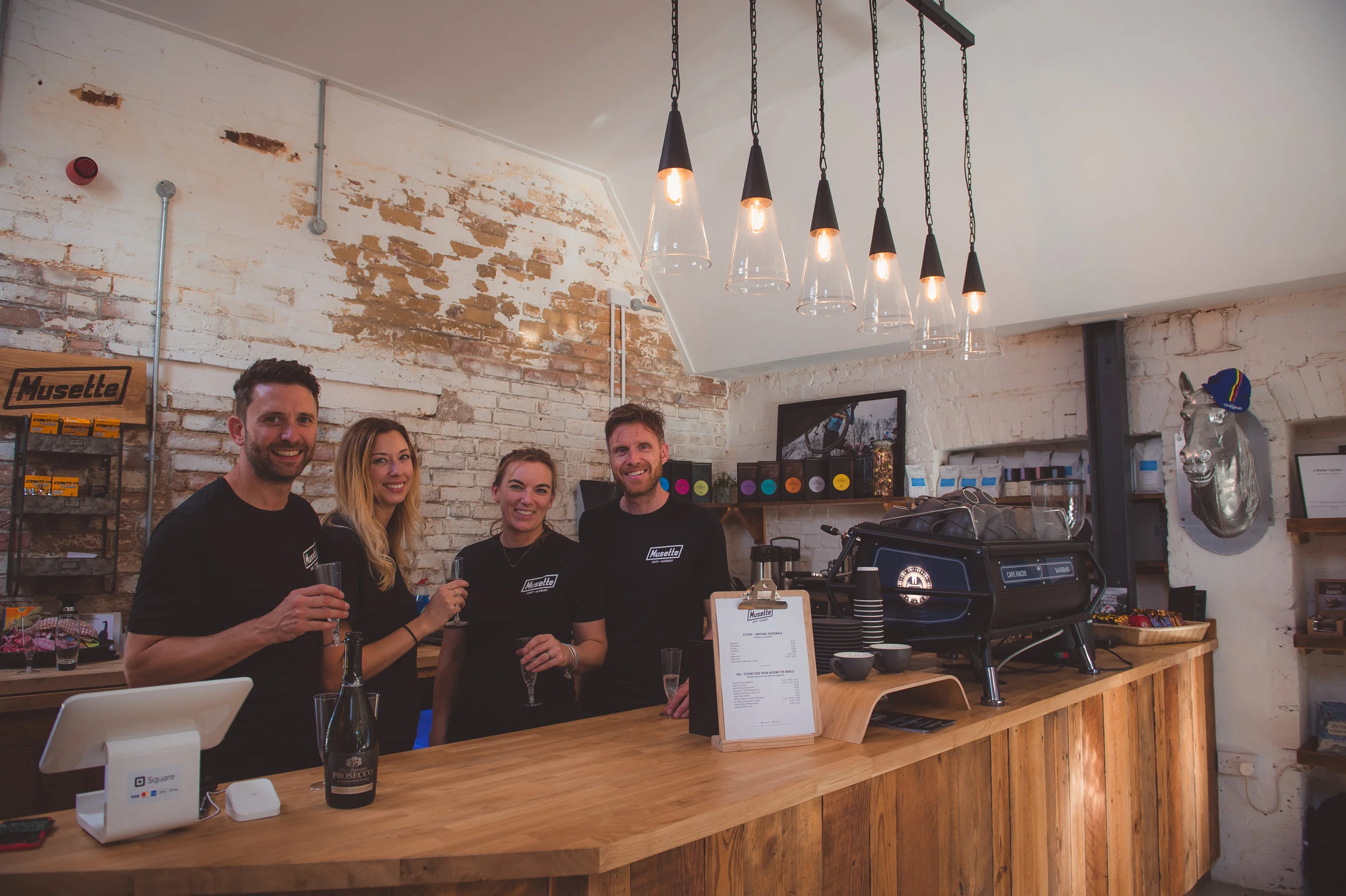For many cyclists the unveiling of 2017’s Tour de France parcours this week, on 18th October, was even more eagerly awaited than the average cycling fan. Because this was also when the organizers, ASO, announced the route of the Etape du Tour, the sportive for amateurs that follows one of the key mountain stages that the pros will undertake. Get 16th July in those diaries and start looking for a hotel in the Briancon area now!
Picture courtesy of ASO
Having taken part in the Etape twice, once in the Alps and once in the Pyrenees, I can tell you that it’s a fantastic experience that every keen cyclist should attempt at least once in their lives. First and foremost it’s a chance to cycle on closed roads as you tackle some iconic and legendary climbs of the Tour’s circuit. This was my first experience of cycling in France and, since then, it’s remained my marker and main reference point against which I measure every other ride I’ve done since. If you’ve ever wanted to know what it feels like to complete a real stage of the Tour, then this is it.
With as many as 15,000 participants, this is a big event but small enough (unlike the 100,000 Ride London participation) to remain relatively intimate. The atmosphere and camaraderie among fellow riders is fantastic. Spectators lining the road throughout the stage will cheer you on with shouts of “Bravo”, “Allez, Allez!” and “Chapeau!”
Picture courtesy of ASO
For us Brits the magnitude of the event is further enhanced by having to travel further to get there and experience the ‘true’ Tour experience. Soak up all that cycling heritage and culture! Being in the Alps is a hell of a lot more exotic and than spinning around the Surrey hills.
You’ll have to get there a couple of days before the ride to register and pick up your race number from the race village. With a mixture of nerves and anticipatory excitement make the most of the buzz in the start town as cyclists from all over the world meet, compare bikes, kit and share experiences. You’ll also want to prepare your bike and take it out for a spin to warm those legs up.
Picture courtesy of ASO
The 2017 Etape will take place on 16th July starting in Briancon in the Haute-Alpes region and finishing on the Col d’Izoard 178 km later. It may start off in an innocuous fashion but, in true Etape style, the final mountain top finish looks like a bit of a brute: 14 km long, 1000m of climbing and sections of over 10% gradient. Before that there’s the Col de Vars to be conquered, about 700m over 9km and an average gradient of 7.5%. Looking at the race profile, there’s a pretty steady uphill section just before that too. This route will certainly test out the very best.
So how to apply for a place? You can go on to the ASO website and register for a race number at a cost of €100 from 8AM tomorrow, 21st October. This is the cheapest way to do it but you’ll also have to arrange your transport out there, as well as accommodation. Quality hotels will get block booked by tour operators so this can be tricky. However you should be able to find a reasonably priced B&B if you look hard enough. In 2014 we managed to book a lovely place 10 miles from the start in Pau only a couple of months beforehand. But if you want a place in Briancon itself for 2017, or in nearby Serre Chevalier, you should get looking right now.
Alternatively you can book the whole trip through a dedicated tour operator like Sports Tours International. This can be quite an expensive option (at least £500 for 3 nights accommodation) but will include a guaranteed race entry. They will also rent out a high end bike to you if you want, sort out airport transfers and provide their own exclusive feed stations on the day. Be warned, though: it’ll all come at a price.
What to take:
Make sure you pack your back pockets with everything you need. The feed stations can be crowded and a bit of a bun fight at times and they may not have the energy bars or gels you’re used to. My personal preference is to take a few bars of Lucho Dillitos energy snacks – 100% natural guava and sugar snacks favoured by Colombian cyclists. Remember water. Drink often and little.
Picture courtesy of ASO
Of course, take a couple of spare inners, pump and tyre levers with you as you would on any other sportive. There’s a fair bit of technical support and assistance but you can never guarantee it’ll be nearby when you need it. Keep a close eye on the weather forecast beforehand – conditions in the mountains can change quickly from soaring temperatures to freezing rain. My descent off the Tourmalet in 2014 was one of the coldest I’ve ever experienced and some riders caught hypothermia. Pack a decent waterproof and even long fingered gloves: I regretted not doing so that year!
Training:
To be able to fully enjoy the whole experience you must train properly in the lead up to it. That means finding as many hills you can in your local area and repeat going up and down them. Get your body used to the exertion of climbing - you’ve got a final ascent that goes on for 14km – so you’ll need to set yourself a pace where you can settle into a steady rhythm. It’s also important to get used to long days in the saddle so put some long rides in, starting in the new year. Build up over the months to a couple of 100 milers a few weeks before the event. Then taper off your training for the first couple of weeks in July so you’re not too tired for the big day itself.
Pace yourself
The challenge of the Etape is a mental one as well as a physical one. By breaking down each climb into easily achieved sections you can get over the mental hurdle of tackling such a long uphill stretch. You’ll find that there’ll be km markers that are helpful to tick off and give yourself a subsequent goal. It’s okay to stop, get off and stretch every now and then. Better to do this than be one of the guys who walks up the mountain, pushing their bike: what’s the point?
Picture courtesy of ASO
It’s also a good idea to alter your riding position, get out of the saddle for a set number of pedal strokes, for instance, then settle back into your usual pace. You may find your back, neck, in fact any part of your body, begin to ache towards the end, so popping a Nurofen or two can help you through that last climb. Above all, stay calm and enjoy the experience. Pace yourself: don’t be one of those guys that sets off at a breakneck speed and burns out halfway through. Try not to worry about your finish time so much that you push yourself beyond your physical limits
If you haven’t arranged transport from the finish back to your accommodation you could be in for an unwanted ride home after completing possibly the hardest ride of your life. If you have a car with you, a good option is to park near the finish on the day before. If you’re with a tour operator they’ll provide you with a transfer back to your hotel. Luckily the finish at Col d’Izoard is reasonably close to the start point this year. But be warned: you’ll have to make the descent off the mountain after finishing, whatever happens.
Picture courtesy of ASO
When you do get to the end, bask in the glory of being an Etape finisher. As well as being a thoroughly enjoyable experience (I’ve heard people describe it as the best day of their lives) there’s an immensely satisfying feeling of having overcome a real challenge. It’s a great achievement for anyone to say that they’ve completed it. And when you see Froome, Contador and Quintana battle it out on the same slopes the following week, you can quite justifiably say that you know exactly what they’re going through.


